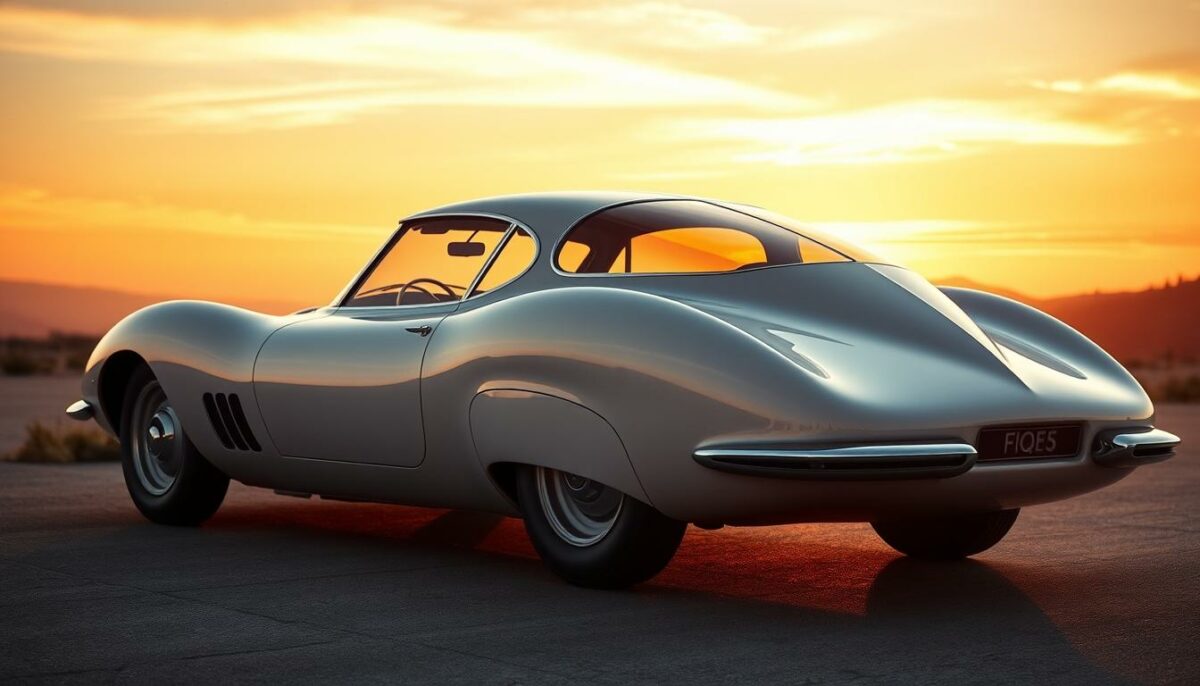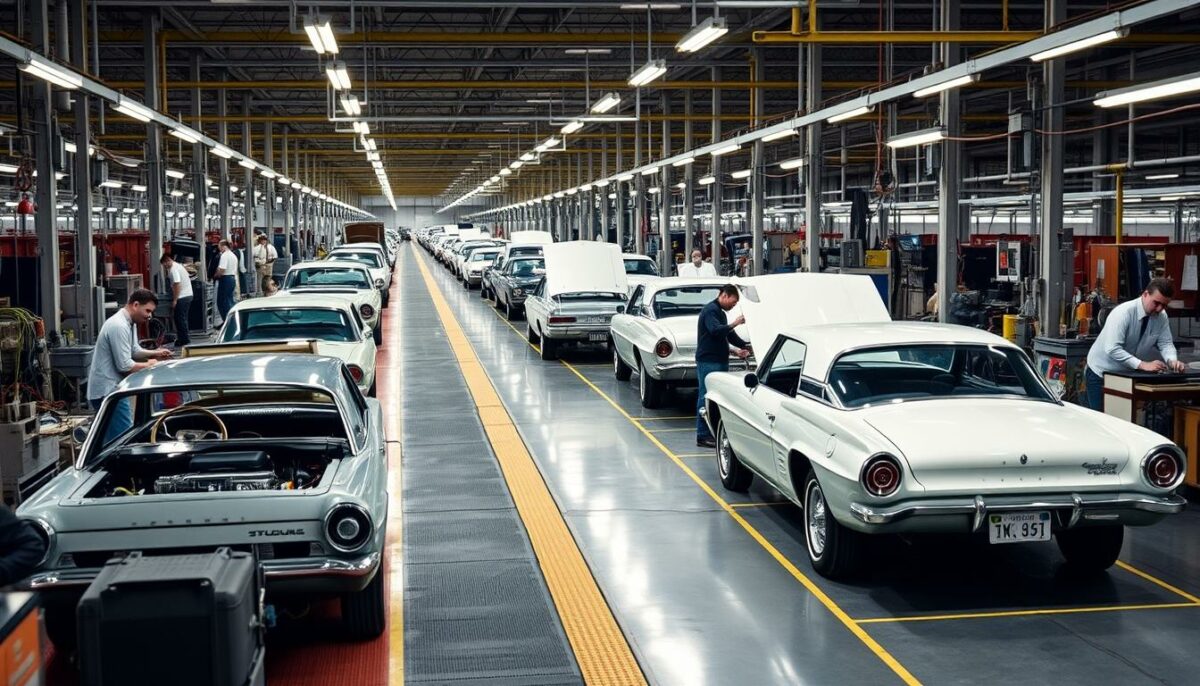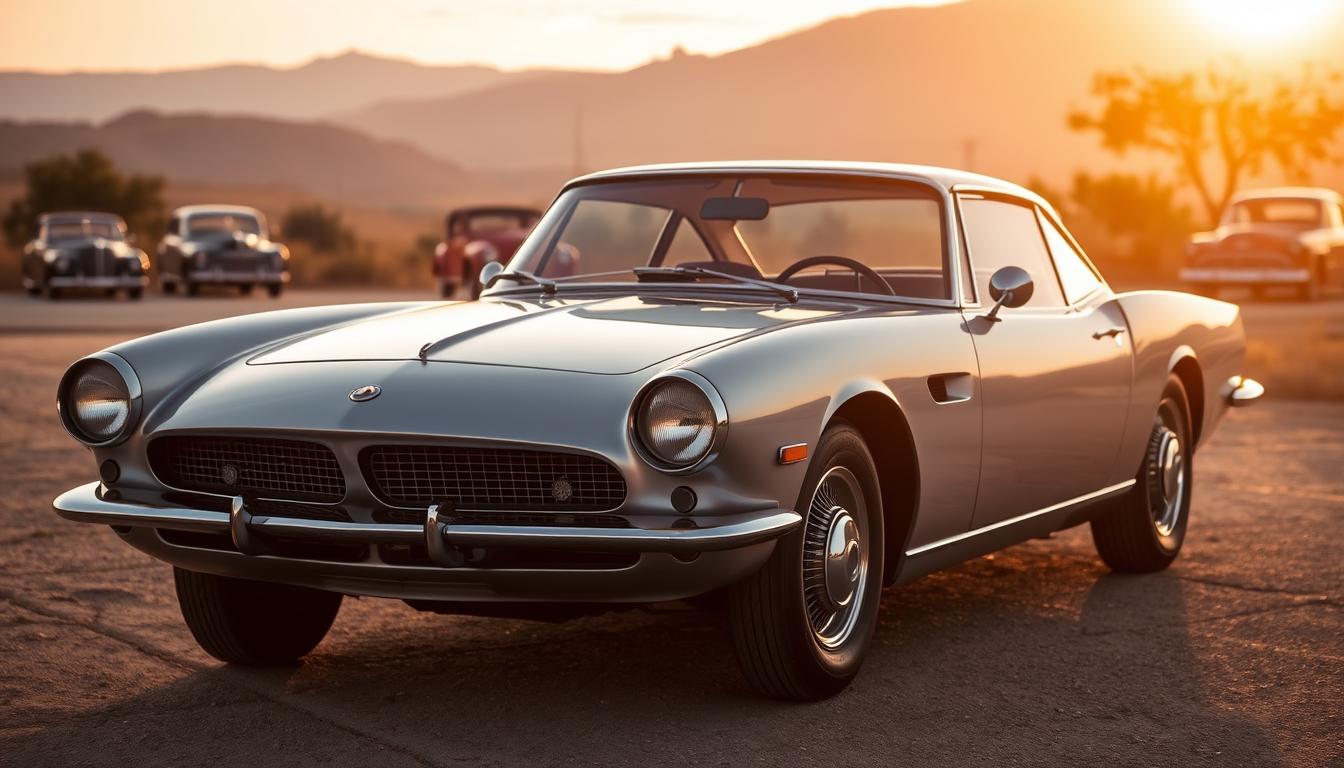The Avanti, a product of Studebaker, is an iconic American sports car that made its mark in the automotive world with its 1963-1964 models. These models were a significant departure from the conventional designs of the time, boasting a unique blend of style, performance, and innovation that set them apart from other American sports cars. The Avanti’s origins as a Studebaker project are a testament to the company’s commitment to pushing the boundaries of automotive design.
At the heart of the Avanti’s design was a focus on creating a truly exceptional driving experience, one that would appeal to enthusiasts of the American sports car genre. With its sleek lines, powerful engine, and advanced features, the Avanti was poised to make a lasting impact on the automotive landscape.
The 1963-1964 Avanti models, in particular, are notable for their revolutionary design elements, which were a hallmark of the Studebaker brand. As we delve deeper into the features of these iconic cars, it becomes clear that the Avanti was more than just a mode of transportation – it was a statement of style and a reflection of the era’s fascination with speed and performance, embodying the spirit of the American sports car.
Revolutionary Design Elements of the Avanti
The Avanti’s design was a game-changer in the automotive industry, featuring a  fiberglass body that was both lightweight and durable. This innovative use of materials contributed to the car’s aerodynamic design, which not only improved performance but also gave the Avanti a futuristic appearance that turned heads on the road.
fiberglass body that was both lightweight and durable. This innovative use of materials contributed to the car’s aerodynamic design, which not only improved performance but also gave the Avanti a futuristic appearance that turned heads on the road.
The aerodynamic design of the Avanti was a key factor in its success, with its sleek lines and curved shape reducing air resistance and allowing the car to cut through the wind with ease. This, combined with its powerful engine, made the Avanti a formidable performer on the road. In terms of interior styling, the Avanti boasted a sleek and modern dashboard layout, with a focus on ergonomic design and driver comfort.
Fiberglass Body Construction
The use of a fiberglass body in the Avanti was a bold move, but one that paid off in terms of both performance and style. The fiberglass body was not only lighter than traditional steel, but it also provided a smooth, sleek finish that was resistant to rust and corrosion.
Interior Styling and Safety Features
The Avanti’s interior was designed with both style and safety in mind, featuring a range of innovative safety features that were ahead of their time. These included a sturdy roll cage, seat belts, and a padded dashboard, all of which helped to protect occupants in the event of an accident. The interior styling was also noteworthy, with a focus on comfort and ergonomics that made the Avanti a pleasure to drive.
- Aerodynamic design for improved performance
- Fiberglass body construction for reduced weight and increased durability
- Interior styling focused on comfort and ergonomics
- Innovative safety features, including roll cage and seat belts
Performance Specifications and Engine Options
The Avanti’s performance specs were a major factor in its appeal to driving enthusiasts. With several Avanti engine options available, buyers could choose the level of horsepower and torque that suited their needs. The base model featured a 289 cubic-inch V8 engine, producing 240 horsepower and 280 lb-ft of torque. For those seeking more power, the optional 289 cubic-inch V8 with a Paxton supercharger was available, boosting horsepower to 290 and torque to 330 lb-ft.
Key performance metrics for the Avanti include:
- Top speed: up to 120 mph
- 0-60 mph acceleration: around 8 seconds
- Quarter-mile time: approximately 16 seconds
The Avanti’s performance specs made it a formidable competitor in the sports car market of the 1960s. With its sleek design and powerful engine options, the Avanti was capable of delivering exceptional driving experiences.
A table summarizing the Avanti’s engine options and performance specs is as follows:
| Engine Option | Horsepower | Torque | Top Speed |
|---|---|---|---|
| 289 cubic-inch V8 | 240 | 280 lb-ft | 110 mph |
| 289 cubic-inch V8 with Paxton supercharger | 290 | 330 lb-ft | 120 mph |
Exploring the Features of the 1963-1964 Avanti Models in Production
The Studebaker South Bend facility played a crucial role in the Avanti production, with a manufacturing process that showcased innovative techniques. At the heart of the Avanti production was the goal to create a car that stood out, not just in design but also in performance and customization options.
When it comes to color options and trim packages, the Avanti offered a range that catered to diverse tastes. Buyers could choose from various color schemes, each designed to accentuate the car’s sleek design. The trim packages added an extra layer of customization, allowing owners to personalize their Avanti to suit their preferences.

The production numbers for the Avanti were significant, with several variations and special editions produced during its run. Understanding these production numbers and the available color schemes and trim packages provides insight into the car’s appeal and its place in Studebaker’s lineup.
| Model Year | Production Numbers | Color Options | Trim Packages |
|---|---|---|---|
| 1963 | 3,834 | 6 | 2 |
| 1964 | 2,536 | 8 | 3 |
The combination of innovative design, robust performance, and extensive customization options made the Avanti a standout in its class, reflecting the dedication of the Studebaker South Bend facility to Avanti production and the attention to detail in every aspect, from manufacturing to the final trim packages.
The Lasting Impact on American Sports Car Design
The revolutionary design of the 1963-1964 Avanti models left an indelible mark on the evolution of American sports car design. The Avanti’s sleek, aerodynamic silhouette and innovative safety features, such as the advanced crumple zones, would go on to influence the styling and engineering of subsequent sports cars produced in the United States.
Studebaker’s bold departure from traditional muscle car aesthetics paved the way for more streamlined, forward-thinking sports car designs. Elements like the Avanti’s distinctive grille, wraparound windshield, and cohesive, uninterrupted body lines became hallmarks of the American sports car aesthetic in the decades that followed. The Avanti’s pioneering use of fiberglass construction also signaled a shift towards lighter, more fuel-efficient materials in the industry.
Even after Studebaker’s demise, the Avanti’s legacy lived on through the continued production of the model under various owners. This sustained interest and admiration from enthusiasts cemented the Avanti’s place in the annals of American automotive design, serving as a testament to its timeless appeal and visionary engineering.

